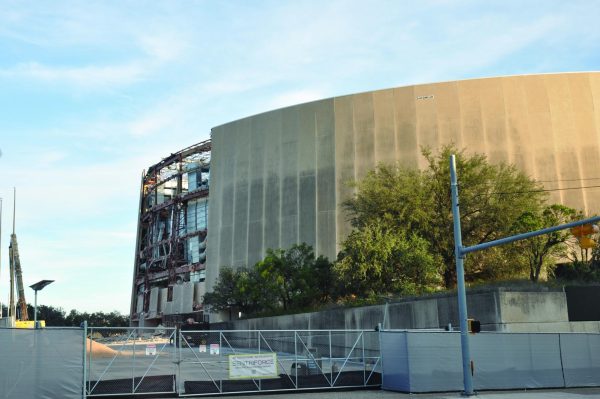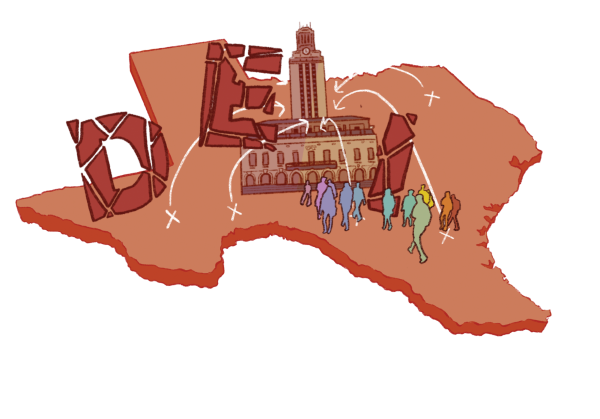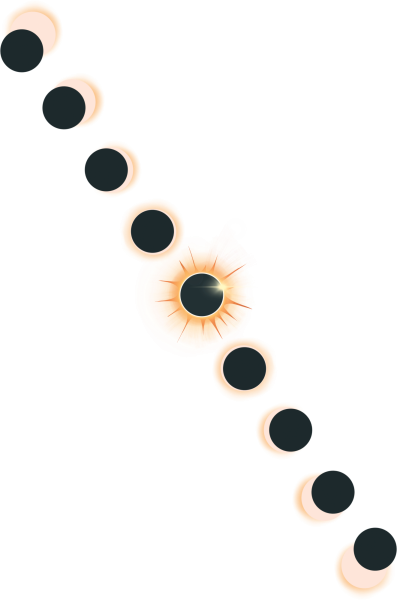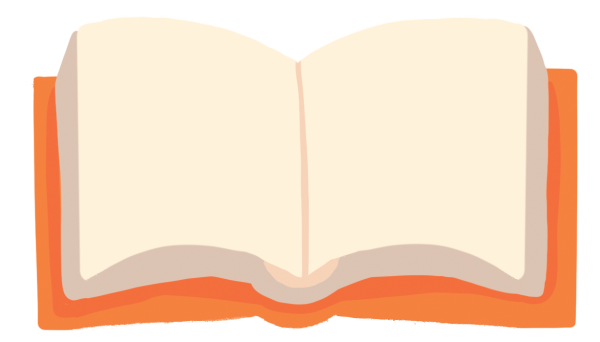Nobel Award Inspires Others
January 15, 2020
John B. Goodenough is a professor of mechanical engineering and materials science at the University of Texas at Austin and the latest recipient of the Nobel Prize. He received the Nobel Prize in 2019 at the age of 97, making him the oldest person to ever receive the Nobel Prize. He was awarded the Prize for helping develop lithium-ion batteries, which are now used to power our phones, laptops and electric cars. Goodenough’s co-workers, Akira Yoshino and Stanley Whittingham also received the Nobel prize.
Robert Chin is a chemistry teacher at LASA. He said he is very excited to see an Austinite be honored with such a distinguished award. According to Chin, no one is more deserving of the award.
“His work powers any of your devices today, that is why it is such a big deal,” Chin said. “What I have heard about him is that he is a super nice guy. Just the bits and pieces I’ve heard about him is just he is a really nice guy. Sometimes in this world, nice people do not always come up on top, but it’s always nice to see someone who is nice come up on top.”
UT prioritized electrochemistry in the 1960s because of the university’s involvement in space research. Goodenough was instrumental in bringing that program to the forefront of the electrochemical industry.
“UT was second to none as far as electrochemistry was concerned, which is a big deal in the early ’60s,” Chin said. “When LBJ brought NASA to Houston that opened up a lot of space research. In space, you have to have batteries. So battery technologies were one of the thrust areas of research in the ’60s. That’s where this guy comes into play because they were working on cutting-edge battery technology. UT back then was actually pretty advanced because they committed a lot of money into electrochemistry. So all of this goes back to space.”
Lithium-ion batteries, like the ones pioneered by Goodenough, can be found in portable devices, power tools, and electric vehicles. Helen Wilson is a chemistry teacher at LASA highschool who recognizes the importance and potential of lithium-ion batteries and said she appreciates his contributions to the world of electrochemistry.
“I think it’s incredible that a local scientist has won something as prestigious as the Nobel Prize,” Wilson said. “It’s partly because of his inventions that modern life is what it is today – phones, tablets, computers, etc. wouldn’t have nearly the power that they do without the fruits of his work.”
While Goodenough was instrumental in lithium-ion batteries’ development, both Wilson and Chin believe that battery technology could be much more efficient. Chin believes that resistance-free electron flow is the most important advancement.
“When you hold a phone or computer and keep it on for a while it gets kinda hot,” Chin said. “That’s where the next step is, how can you make it more efficient? When electrons flow, if you can get the flow efficiently there should be no heat. I think that’s the next step, trying to make resistance-free electron flow.”
While Chin believes reducing excess heat is the best way to increase efficiency, Wilson believes that making batteries that last longer should be a priority. Making lithium-ion batteries last longer would allow for a longer lifespan for handheld devices.
“All the Apple batteries, they are good for like 3 or 4 years and then you can’t charge them anymore,” Wilson said. “Because the material in there starts breaking down. If you can do that, that would be very interesting, so I bet there is a lot of money going into that.”
One thing Wilson and Chin can agree on is that there is a lot of work to be done with the batteries. Companies like Tesla, LG, and Samsung are heavily invested in lithium-ion battery technology and forecast increased use and invention in that field.
“I know more research into these batteries is ongoing,” Wilson said. “Since the batteries use a flammable electrolyte they can be vulnerable to safety issues.”
Batteries are researched on the national level, and studied by LASA’s chemistry students both in and out of the classroom. Senior Adrien Tindal is the President and founder of Chemistry Club, and he has led a lab exploring the science behind batteries.
“For part of Chemistry Club we hooked up a penny and a bar of copper and put it in a liquid solution and ran a current through it and that was just a basic simulation of a battery that we did,” Tindal said. “The copper would dissociate off the penny and collect onto the copper bar. Basically, batteries are just transfers of ions in a solution.”
Tindal is applying to UT and is interested in UT’s chemistry program. He looks forward to the opportunity to study under a Nobel prize winner.
“It is really nice knowing that there is somebody so close by that I might go and talk to when I go to college because there is a chance that I get into UT and then do the chemistry program at UT,” Tindal said. “If I do that I’ll be really excited to talk to the guy that invented the lithium-ion battery and is currently working on some hydrogen battery technology.”
Chin said he thinks it is important to have high expectations about the work you do, as accomplishments such as Goodenough’s demonstrate. He said having the right mentality can be a key factor.
“I think you should never think about the impossible,” Chin said. “I think a lot of research gets killed because people think that it can’t be done. I feel that you can’t break the laws of physics, but you can bend them. My philosophy is that you need to explore questions, ask the right questions, and pursue it. This is actually really important, a lot of students have questions, but they haven’t learned to write them. That’s the difference learn to ask the right question, not just ask them.”









